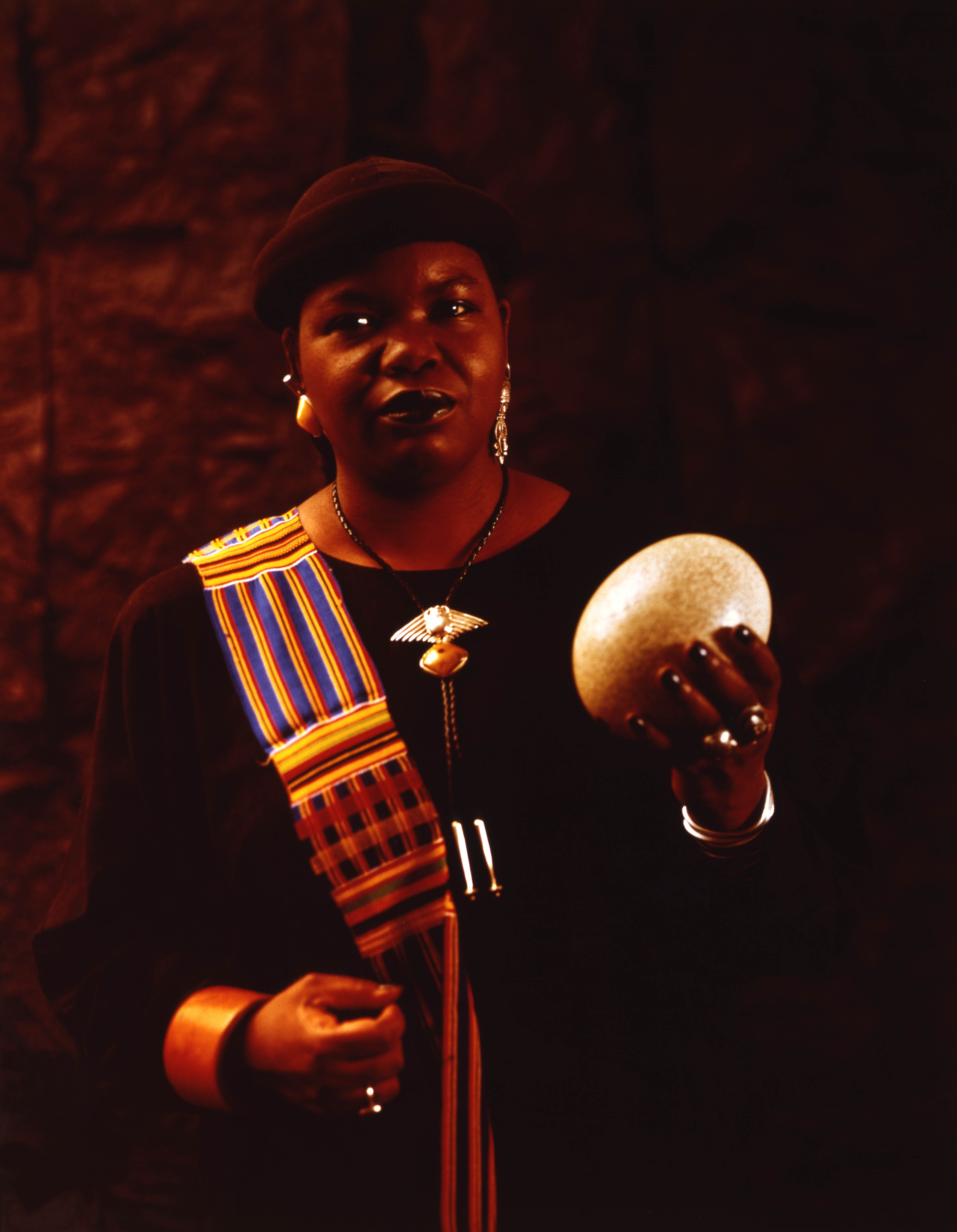This article follows the series on Art and nationalism.
 Two specific exhibits in London’s galleries have sought to tell the story of the emergence of multicultural Britain, depicting a nation which journeyed through slavery, its abolition and the recognition of the new ‘natives’ of Britain: those of African and Indian descent, to arrive at a much glorified example of multi-cultural coexistence.
Two specific exhibits in London’s galleries have sought to tell the story of the emergence of multicultural Britain, depicting a nation which journeyed through slavery, its abolition and the recognition of the new ‘natives’ of Britain: those of African and Indian descent, to arrive at a much glorified example of multi-cultural coexistence.
The first exhibit of significance, a permanent one, is at the National Portrait Gallery, an ‘Abolition Trail’1 addresses the reality of the individuals who perpetuated the slave trade and colonialism, as well as the political processes and activism which led to the abolition of slavery. It features the portrait of Ayuba Suleiman Diallo2, the earliest portrait of a freed slave and public figure, for which the gallery initiated a fund-raising campaign in 2010. Also, one can see the commemorative large scale painting “The Anti-Slavery Society Convention”3, 1840 by Benjamin Robert Haydon which is part of a narrative of reform and abolitionist movements in Britain. The newly commissioned portrait of Lord Ali in his robes on the ground floor presents us with the conclusion to the story of race relations in Britain, a black/ brown man reaching the heights of institutional belonging4.
Tate Britain meanwhile featured a non-permanent collection Art

Maud Sulter 1960-2008
Polyhymnia (from the Zabat series)
Displays: Thin Black Line(s)5, exhibited from 22 August 2011 – 18 March 2012. It featured Lubaina Himid and Ingrid Pollard and is part of the gallery’s “one-room Focus Displays” which highlight “a theme or period of British art, using works from the Tate Collection”. This one represented the subaltern consciousness amongst black and Indian citizens of the new Britain, particularly women, in the aftermath of the end of colonialism. The paintings reflected upon Britain’s colonial past and a search for ‘roots’ and identity on the side of the artists.
Finally, the Tate Modern features two impressive paintings that juxtapose the classical art thematic of nudity and voyeurism with black subjects, reminding us of the usual absence of these bodies in early ‘high’ art and welcoming the possible discomfort that viewers might experience6.
In all the various displays present some of the ways in which the public space of the gallery is used as a tool for integrating the stories of Britain and multicultural Britain within a symbolic public arena, the gallery.
The paintings, in-depth description of the artist and subject matter can be seen in the gallery links below, copyright prevents us from featuring them here.
1. Abolition Trail at the National Portrait Gallery
2. Ayuba Suleiman Diallo display
Appeal for Ayuba Suleiman Diallo portrait in the Guardian newspaper
3. The National Slavery Convention 1840
4. Waheed in Lord’s robes 2009 by Julian Opie
5. ‘Thin Black Lines’ exhibition review
BP British Art Displays: Thin Black Line(s) (22 August 2011 – 18 March 2012)
This display focuses on the contribution of Black and Asian women artists to British art in the 1980s. Taking as its starting point three seminal exhibitions curated by artist Lubaina Himid in London from 1983 to 1985, the display charts the coming to voice of a radical generation of British artists who challenged their collective invisibility in the art world and engaged in their art with the wider social and political issues of 1980s Britain and the world.
In the early 1980s three exhibitions in London curated by Lubaina Himid – Five Black Women at the Africa Centre (1983), Black Women Time Now at Battersea Arts Centre (1983-4) and The Thin Black Line at the Institute for Contemporary Arts (1985) – marked the arrival on the British art scene of a radical generation of young Black and Asian women artists. They challenged their collective invisibility in the art world and engaged with the social, cultural, political and aesthetic issues of the time.
This display features a selection of key works by some of these artists. At their core is a conceptual re-framing of the image of black and Asian women themselves. Drawing on multiple artistic languages and media, these works repositioned the black female presence from the margins to the centre of debates about representation and art making.
( cited from the now gone description on the site, as well as from the curatorial text)
6. Family Jules: NNN (No Naked Niggahs) by Barkley L. Hendricks
Agosta, the Pigeon-Chested Man, and Rasha, the Black Dove by Christian Schad
 regards to Scotland’s independence. This spring, the Bill for a Referendum is being presented at the parliament in Edinburgh. The gaze of Europe’s other secessionist movements cannot but be fixed on what happens next. 2013 is the year this process will play out in the media and in the chambers of government. Hence, we present our new series on Scotland and secessionist movements in which we will share key documents relevant to this bit of nationalist politics. We will point you to the best sources of information and will reflect on the implications of what is happening right now in the United Kingdom.
regards to Scotland’s independence. This spring, the Bill for a Referendum is being presented at the parliament in Edinburgh. The gaze of Europe’s other secessionist movements cannot but be fixed on what happens next. 2013 is the year this process will play out in the media and in the chambers of government. Hence, we present our new series on Scotland and secessionist movements in which we will share key documents relevant to this bit of nationalist politics. We will point you to the best sources of information and will reflect on the implications of what is happening right now in the United Kingdom.



















